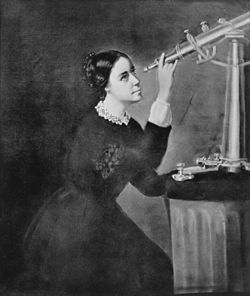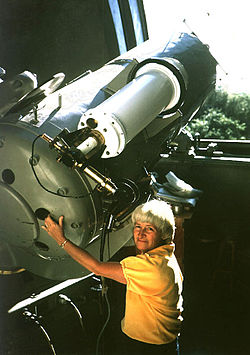
Professor of astronomy at Vassar College
The following is a list of astronomers, astrophysicists and other notable women who have made contributions to the field of astronomy.

The following is a list of astronomers, astrophysicists and other notable women who have made contributions to the field of astronomy.









